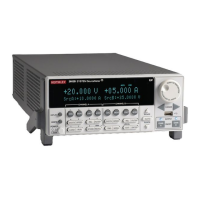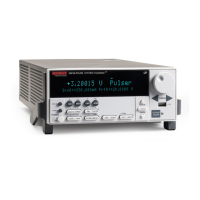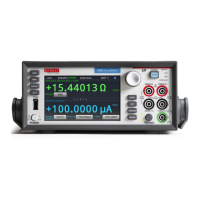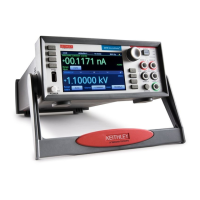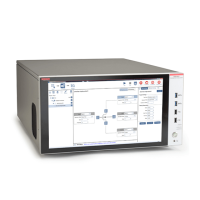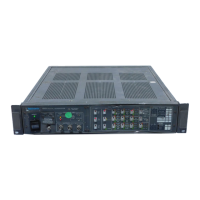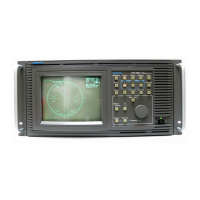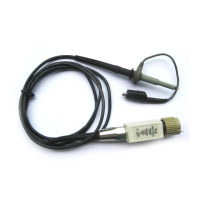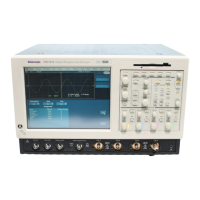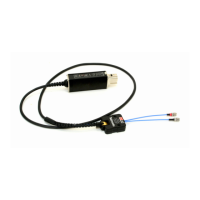Operation as a sink
When the 2600B is operating in the second quadrant or fourth quadrant, the SMU operates as a load
that sinks and dissipates power internally. The ability of the SMU to dissipate power is defined by the
boundaries shown in the previous figure. When the SMU is operating in the second or fourth quadrant,
the DUT is a power source (such as a battery, solar cell, or a power supply).
Use care when connecting a source to the 2600B that is capable of exceeding the voltage or
current limit. Using the 2601B, 2602B, or 2604B to sink more than 3 A can damage the
instrument and invalidate your warranty. Using the 2611B, 2612B, 2614B, 2634B, 2635B, or
2636B to sink more than 1.5 A can damage the instrument and invalidate your warranty.
V-source operating boundaries
2601B and 2602B voltage source operating boundaries
The following figures show the operating boundaries for the voltage source. Only the first quadrant of
operation is shown. Operation in the other three quadrants is similar.
The following figure shows the output characteristics for the voltage source. As shown, the 2601B,
2602B, and 2604B can output up to 6.06 V at 3 A, or 40.4 V at 1 A. Note that when sourcing more
than 6.06 V, current is limited to 1 A.
Figure 63: Voltage source output characteristics (2601B, 2602B, and 2604B)
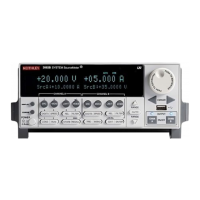
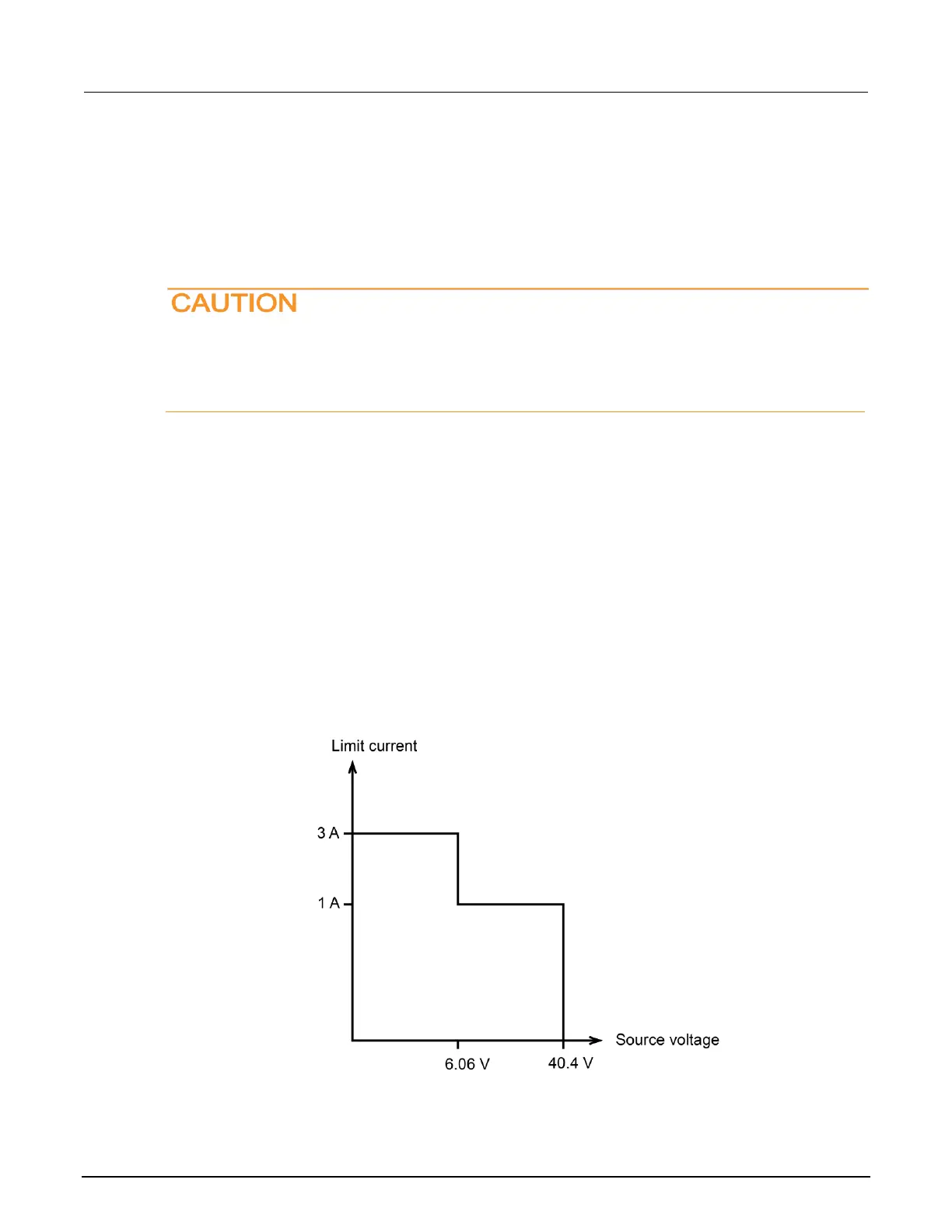